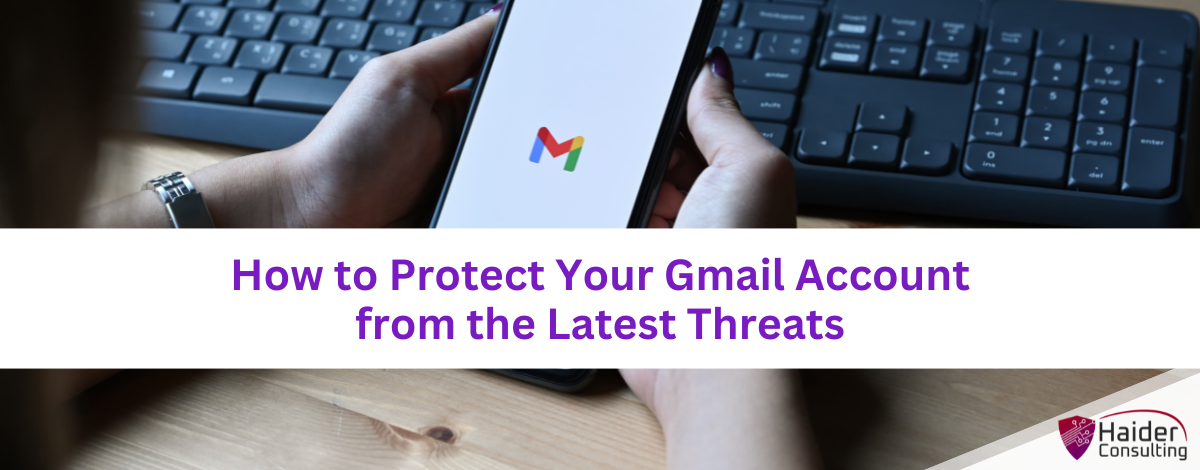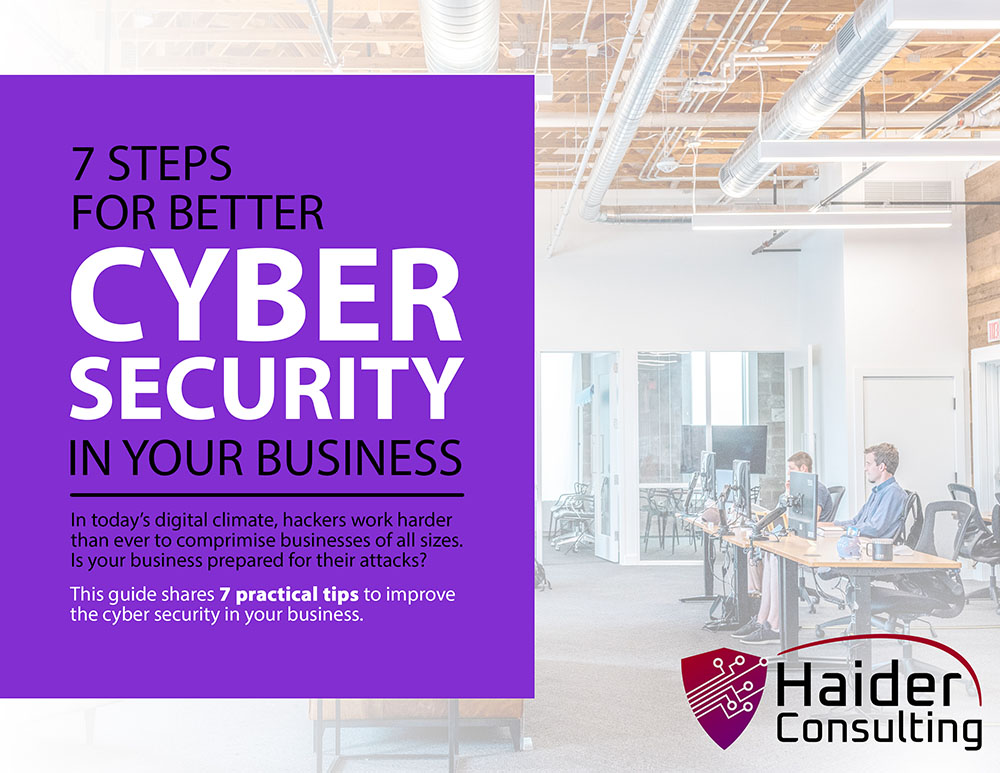Cybercriminals go after Gmail often because so many people use it, and it connects to other Google services like Drive and Docs. With AI helping hackers make smarter, more realistic attacks, it’s getting harder to tell the difference between real emails and fake ones.
As we progress through 2025, it’s more important than ever for Gmail users to understand these new risks. In this article, we’ll explain what new dangers to watch out for and share practical tips to help you protect your Gmail account.
What Are the New Threats to Gmail in 2025?
Cyber threats are always changing, and lately, some of the smartest and most dangerous ones are targeting Gmail users. One of the biggest problems is the use of Artificial Intelligence (AI). Hackers are now using AI to create scam emails that look very real. These emails are designed to closely mimic real messages, making it much harder to tell them apart. AI is also helping hackers create deepfake videos and dangerous viruses, making it even tougher to stay safe.
Because Gmail is connected to other Google services, a hacker who gets into your Gmail could also reach your Google Drive, Google Pay, and even your saved passwords. That’s why keeping your Gmail secure is so important.
With AI, phishing attacks are now smarter, too. Hackers can study how you usually communicate and then craft fake emails that feel personal and believable. Today, almost half of all phishing scams use AI to trick people.
Gmail continues to improve its security, but users must stay alert and adapt. In the next section, we’ll explain more about how these new threats work and why staying informed is key to keeping your Gmail and digital life safe. We’ll also look at how these dangers can affect both individuals and businesses.
What Do These Threats Mean for Gmail Users?
Gmail users now face bigger risks from scams that use AI. These phishing scams are especially tricky because AI studies how trusted companies—like banks or even Google—usually talk in emails. Then it copies that style to send fake messages that look real and personal. This makes it much harder to spot scams.
Here’s how deepfakes and malware are also a problem:
- Deepfakes are fake audio or video messages that sound or look like someone you trust. Hackers use them to trick people into giving away information or taking harmful actions.
- AI-powered malware is harder to detect because it’s built to sneak past normal security tools.
Effects on People and Businesses
For individuals, this can lead to identity theft and financial loss. But businesses are at risk too. If a hacker breaks into an employee’s Gmail, they might steal company data, cause a breach, or disrupt business operations.
To stay protected, users need to understand these threats and act before problems happen. Both individuals and businesses need to take Gmail security seriously. In the next section, we’ll cover more dangers to watch for and how to prepare for them.
What Are Some Other Dangers That Gmail Users Should Know About?
AI-powered scams aren’t the only risk for Gmail users. Another serious threat is zero-day exploits. These are attacks that take advantage of unknown security bugs in Gmail. Because Google hasn’t had time to fix these bugs, hackers can sneak into accounts without being noticed. They can steal data or cause damage before anyone even knows there’s a problem.
Quantum computing is another growing concern. While it’s still developing, this powerful technology could eventually break today’s strongest passwords and encryption. If that happens, it would make it much easier for hackers to get into Gmail accounts and other digital services.
To stay protected, users should:
- Create strong, unique passwords
- Turn on two-factor authentication (2FA)
- Regularly check account activity and security settings for anything unusual
Staying aware and taking these steps now can help keep your Gmail safe. In the next section, we’ll go over specific tips to help protect your Gmail account.
How Can I Keep My Gmail Account Safe?
There are a lot of security risks facing Gmail users today. But the good news is, there are several simple things you can do to protect yourself. Taking a few smart steps can make a big difference in keeping your Gmail account secure:
Make Your Password Stronger
Using a strong, unique password is one of the best ways to protect your account. Avoid easy-to-guess passwords like “password123” or using the same password for multiple accounts. Instead, create a long password with a mix of letters, numbers, and symbols. A password manager can help you generate strong passwords and safely store them for you.
Turn on Two-Step Verification
Two-step verification (also called two-factor authentication or 2FA) adds another layer of security. Even if someone gets your password, they still can’t get into your account without a second form of verification, like a code sent to your phone or using a security key. Turning on two-step verification makes it much harder for hackers to break into your Gmail.
Check Third-Party Access
Another good habit is checking which apps and services have permission to access your Gmail account. Sometimes apps you once used still have access even if you no longer need them. Review these permissions regularly and remove any apps or services you no longer trust or use. This helps close potential back doors that hackers could exploit.
Use the Advanced Protection Program in Gmail
Google offers an extra layer of security called the Advanced Protection Program. It’s designed for users who want the highest level of protection against scams, hackers, and malware. This program requires two-factor authentication with physical security keys and adds extra checks when you download files or install apps. It’s a great option if you want to keep your Gmail account as safe as possible.
By following these steps — strong passwords, two-factor authentication, checking app permissions, and enrolling in Advanced Protection — Gmail users can greatly reduce their chances of falling victim to today’s growing cyber threats.
Keep Your Gmail Account Safe
As we’ve covered, the threats facing Gmail users are real and constantly changing. But the good news is that you can protect yourself by staying alert and using strong security practices. The key is to never let your guard down and always be ready to adapt as new threats appear.
Keeping up with the latest security tips and following best practices is essential for protecting your Gmail account. In today’s connected world, both individuals and businesses must take steps to safeguard their digital information. If you’re worried about your Gmail account security or just want more guidance, we’re here to help. Our team is ready to support you in staying protected as cybersecurity threats continue to grow and change.
Book My 17-Minute Call





